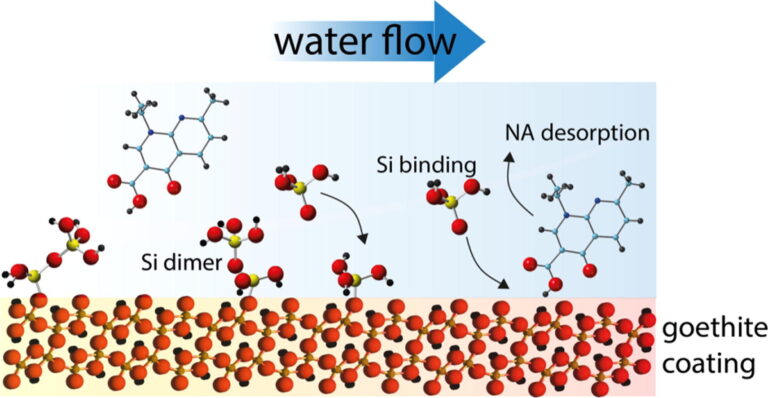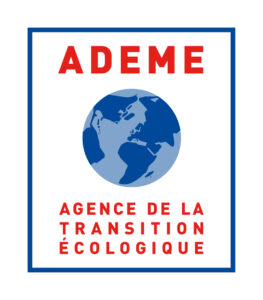Influence of fluid flow on molecular-scale processes
In natural systems, fluid flow and chemical reactions control the mobility of chemicals. Predicting the fate and mobility of these species requires a deep understanding of the coupling of physical and chemical processes. A key challenge is to bridge the gap between molecular-scale mechanisms and transport processes. Most studies have focused on the reactivity of mineral surfaces towards chemicals in simple systems and under equilibrium conditions, and very limited knowledge is available on this surface reactivity under real-world saturated/unsaturated conditions, with variable water content, where non-equilibrium conditions prevail. Indeed, very little data is available on the impact of water flow structure on the fate of organic compounds contacted/sorbed to mineral surfaces. We focus here on the transport of reactive and non-reactive compounds and the impact of chemical and physical non-equilibria on molecular-scale processes. For instance, we found that dynamic flow-through conditions sustain monomeric silicate species but that oligomeric species can form at the mineral surfaces under static (batch, no-flow conditions). We also revealed that the mass transfer between mobile and immobile fractions controls on the mobility of reactive species in column containing mineral assemblages and/or aggregated particles. Diffusion-controlled processes may also affect synergetic and competitive binding, which have otherwise been observed for organic and inorganic compounds at mineral surfaces. Our works raises the importance of a consistent use of tracers for characterizing flow patterns and predicting reactive solute transfer. Nonreactive tracers reveal the main pattern of flow at the column scale but lack information on the local hydrodynamic conditions in the vicinity of sorption sites. Consequently, the injection of nonreactive tracers at the column scale may not be necessarily appropriate for characterizing local hydrodynamic conditions at the interface scale. Conversely, the use of better engineered reactive tracers, with a well-known chemistry and reactivity, could help probe changes in local hydrodynamic conditions. A current ANR project will help in developing novel reactive microfluidic cells dedicated to the imaging of surface reactions under flow, a key tool to bridge the gap between the molecular scale and macroscopic observation. This will provide a new window onto coupled pore-scale transport and reaction processes at the microscale and enable accurate prediction of macroscale reaction rates.









